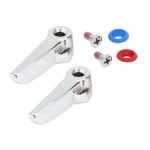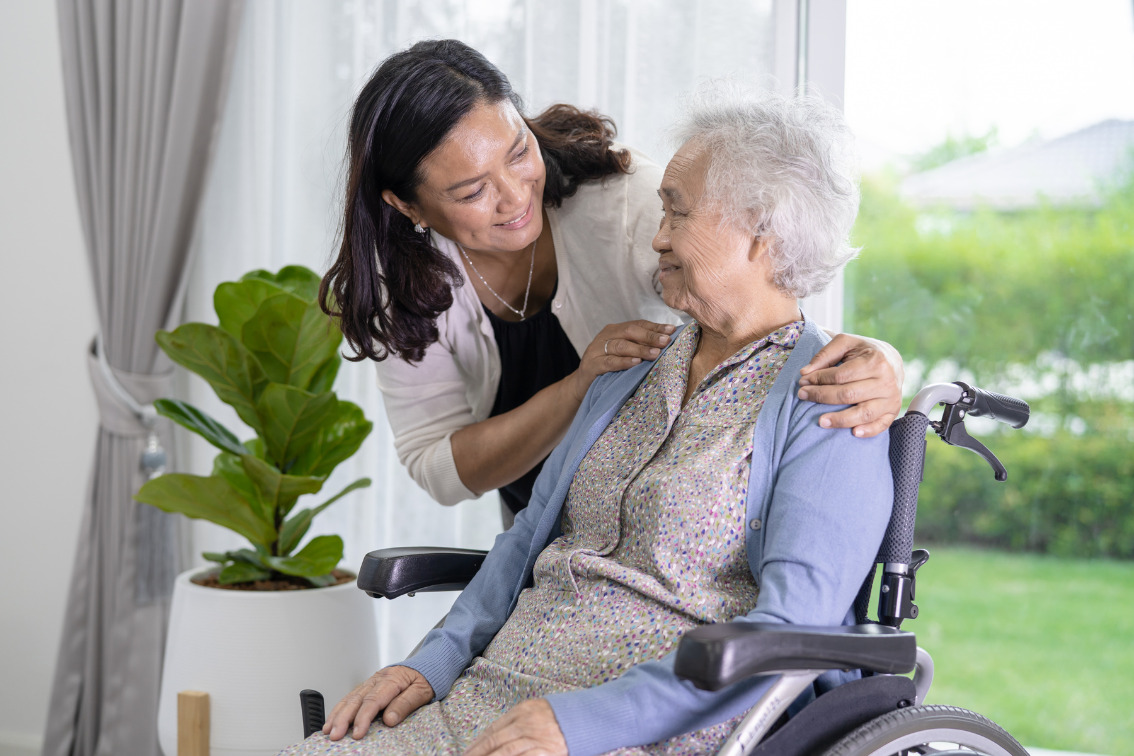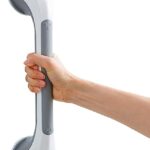*This post may contain affiliate links for which I earn commissions.*
Arthritis-Friendly Home Modifications: Create a Safe, Accessible Living Space
If you’re managing arthritis, making your home more accessible and comfortable can be a huge help. The right changes can improve safety, ease, and independence—all essentials for staying active and feeling at ease in your own space. In this guide, I’ll share practical, doable home modifications to help make everyday life a little easier. Let’s dive in!
Improve Lighting for Better Visibility
Good lighting is often overlooked but can make a big difference, especially when arthritis affects movement. Here’s how to brighten things up:
- Switch to Brighter Bulbs: Use brighter bulbs in rooms where you need extra visibility, like the kitchen and bathroom.
- Add Task Lighting: Place lamps or directed lights in areas where you read, work, or prepare food.
- Motion-Sensor Lights: These lights are perfect for low-lit spots like hallways and bathrooms, automatically lighting up when you enter.
- Well-Lit Pathways: Keep hallways, staircases, and entryways well-lit to reduce trips or stumbles.
Increase Accessibility by Removing Barriers
Keeping pathways clear and accessible helps prevent accidental bumps and falls. Here are a few tips:
- Declutter Paths: Make sure there’s an easy path between rooms by removing excess furniture and objects.
- Widen Doorways & Install Ramps: For anyone using walkers or wheelchairs, wider doorways and ramps can make moving around so much easier.
Add Handrails and Grab Bars for Support
Handrails and grab bars are a game-changer, offering stability when you need it most. Here are some high-use spots to consider:
- Stairways: Install handrails along all staircases to give you added security when going up or down.
- Bathrooms: Grab bars near the toilet, shower, and tub can really help with balance and reduce strain.
- Hallways: If you have long hallways, adding grab bars can make moving from room to room feel much safer.
Organize Storage to Reduce Bending and Reaching
Reaching, bending, and stretching can be tough on arthritic joints. Here’s how to keep things accessible:
- Labeled Bins: Use bins with labels to store essentials at a comfortable height, making it easy to find what you need without bending.
- Accessible Shelves: Place frequently used items on shelves that are easy to reach.
- Pull-Out Drawers: Opt for pull-out drawers in cabinets; they let you see and reach items without having to dig around.
Make the Bathroom Safer
Bathrooms can be risky, especially with wet floors. Here are a few additions to make this room arthritis-friendly:
- Non-Slip Mats: Place non-slip mats in the shower or bath to prevent slipping.
- Raised Toilet Seat: A raised seat helps reduce strain on your knees and hips.
- Handheld Showerhead: Install a handheld showerhead that allows for easier control and reach while washing.
Use Adaptive Kitchen Tools
Cooking shouldn’t be painful! Try some of these tools to make meal prep and cleanup easier:
- Easy-Grip Utensils: Go for utensils that have comfortable, ergonomic handles.
- Jar Openers: Arthritis-friendly jar openers can help you open jars without straining your hands.
- Lightweight Cookware: Choose lightweight, easy-to-hold cookware with ergonomic handles.
- Accessible Storage: Store your daily-use kitchen items in lower cabinets to avoid reaching or lifting.
Install Lever Handles on Doors and Faucets

Traditional round knobs can be tricky to grip. Lever handles, however, are simple to use:
- Lever Door Handles: Swap out round knobs for lever handles—they require less hand strength and are easier on sore joints.
- Lever Faucets: Lever-handled faucets are a great choice for the bathroom and kitchen. A quick lift or push lets you adjust the water, no twisting required.
Choose Safer Flooring and Carpets
Flooring plays a huge role in preventing slips and falls. Here’s what to consider:
- Non-Slip Flooring: Textured tiles or low-pile carpets offer traction, minimizing slip risks.
- Secure Rugs: Secure any loose rugs with non-slip mats or carpet tape to prevent tripping.
Adjust Furniture Height
If you struggle with sitting down or standing up, raising furniture height can really help:
- Furniture Risers: Use risers on your favorite chairs or couch to make standing and sitting more comfortable.
- Supportive Chairs: Consider chairs with armrests and firmer seats for easier sitting and standing.
Maintain Comfortable Temperatures
Temperature changes can affect arthritis pain. Here are some ways to keep things cozy:
- Heating Pads & Electric Blankets: Use these for targeted warmth to soothe joint stiffness.
- Adjustable Thermostat: Keep the home temperature comfortable by adjusting it based on your needs.
- Fans & AC: On hot days, fans and air conditioning help keep your space cool, which can reduce joint swelling.
Conclusion: Making Life a Little Easier at Home
Creating an arthritis-friendly home is all about improving comfort, safety, and ease of movement. Whether it’s adding lighting, changing door handles, or organizing storage, each small modification can make a difference. Adapting your space doesn’t have to happen all at once; you can tackle one project at a time to find what works best for you.
Remember, everyone’s needs are different. For tailored advice, an occupational therapist can suggest home modifications that suit your specific situation. By making your home work for you, you’re setting up a safe, nurturing environment that allows you to thrive.
Related Reads:
Cleaning Your Home with Ease: Helpful Tips and Products for Arthritis Sufferers
Top 10 Essential Products for Arthritis Relief: Your Complete Guide
Join the Conversation! 🙋♀️
Do you have any tips for creating an arthritis-friendly home? Share your experiences and ideas in the comments—your insights could help someone else find relief and independence in their own space.








